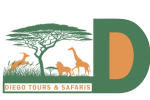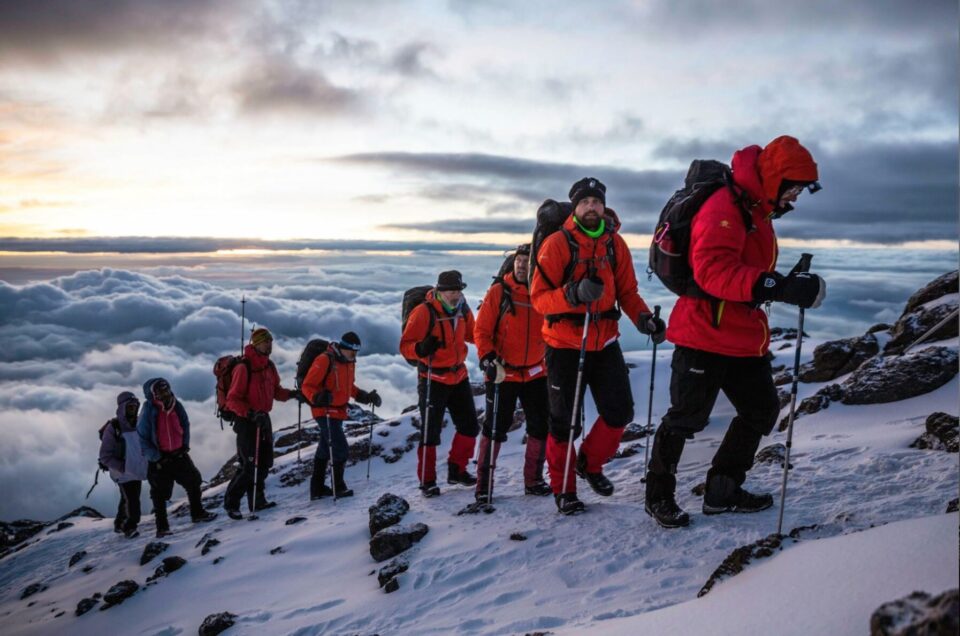Mount Kilimanjaro is a towering beauty, standing at 5,895 meters (19,341 feet), making it the highest peak in Africa. It’s a popular trekking destination, attracting adventurers from all over the world. Unlike other high mountains, Kilimanjaro does not require technical climbing skills, making it accessible to most physically fit individuals.
Routes for Climbing Kilimanjaro:
There are several routes to summit Mount Kilimanjaro, each with different levels of difficulty, scenery, and altitude profiles.
- Marangu Route (Coca-Cola Route):
- The most popular and oldest route on the mountain. It’s the only route that offers hut accommodations, making it a bit more comfortable.
- Duration: 5-6 days.
- Difficulty: Moderate.
- Machame Route (Whiskey Route):
- Known for its scenic beauty and variety of landscapes, this route is a bit more challenging. Trekkers stay in tents, and the route involves steeper sections.
- Duration: 6-7 days.
- Difficulty: Challenging.
- Lemosho Route:
- One of the newer routes, which offers incredible views and a less crowded experience. It’s one of the best for acclimatization, offering a gradual ascent to the summit.
- Duration: 7-8 days.
- Difficulty: Moderate to challenging.
- Rongai Route:
- This is the only route that approaches Kilimanjaro from the north, and it is less frequented. It’s known for its wildlife sightings and the more gradual ascent.
- Duration: 6-7 days.
- Difficulty: Moderate.
- Northern Circuit:
- The longest and newest route on Kilimanjaro. It provides a full circuit of the mountain and allows for better acclimatization.
- Duration: 8-9 days.
- Difficulty: Challenging.
When to Climb Kilimanjaro:
The best times to climb Mount Kilimanjaro are during the dry seasons, which are from January to March and June to October. During these months, the weather is more predictable, and the chances of success are higher. The rainy seasons (April to May and November to December) are not recommended due to slippery conditions.
What to Pack for Climbing Kilimanjaro:
- Clothing: Layered clothing for varying temperatures, including thermal wear, a waterproof jacket, and a hat.
- Footwear: Sturdy, well-broken-in hiking boots.
- Accessories: Sunglasses, sunscreen, a headlamp, and a good quality backpack.
- Gear: Sleeping bags (if needed), trekking poles, and a water bottle or hydration system.

